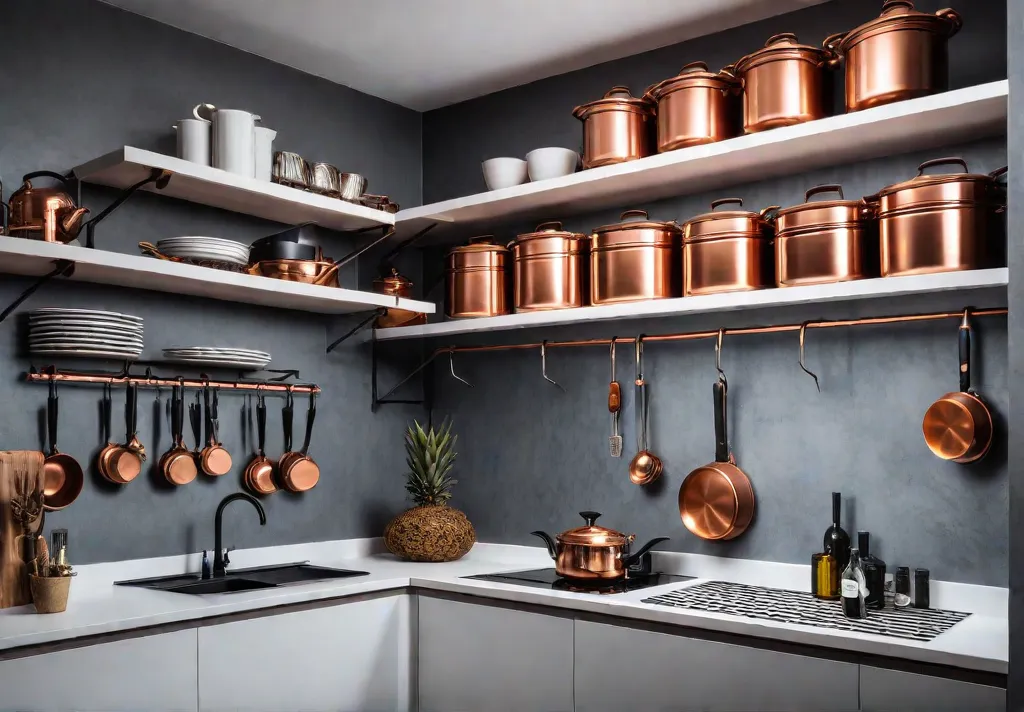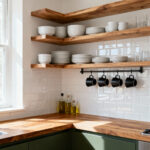As an eco-conscious home chef, I’ve often found myself enviously eyeing the organized kitchens of professional culinary artists. How do they manage to keep their workspaces so streamlined and efficient, even in the heat of a busy dinner rush? The answer lies in their mastery of space-saving storage solutions and clever organizational hacks.
From maximizing vertical real estate to harnessing the power of magnets, these culinary masterminds have unlocked the secrets to a clutter-free, highly functional kitchen. And the best part? You don’t need a fancy restaurant kitchen to implement their genius tricks. With a little creativity and some strategic thinking, you can transform your home cooking space into an oasis of efficiency and sustainability.
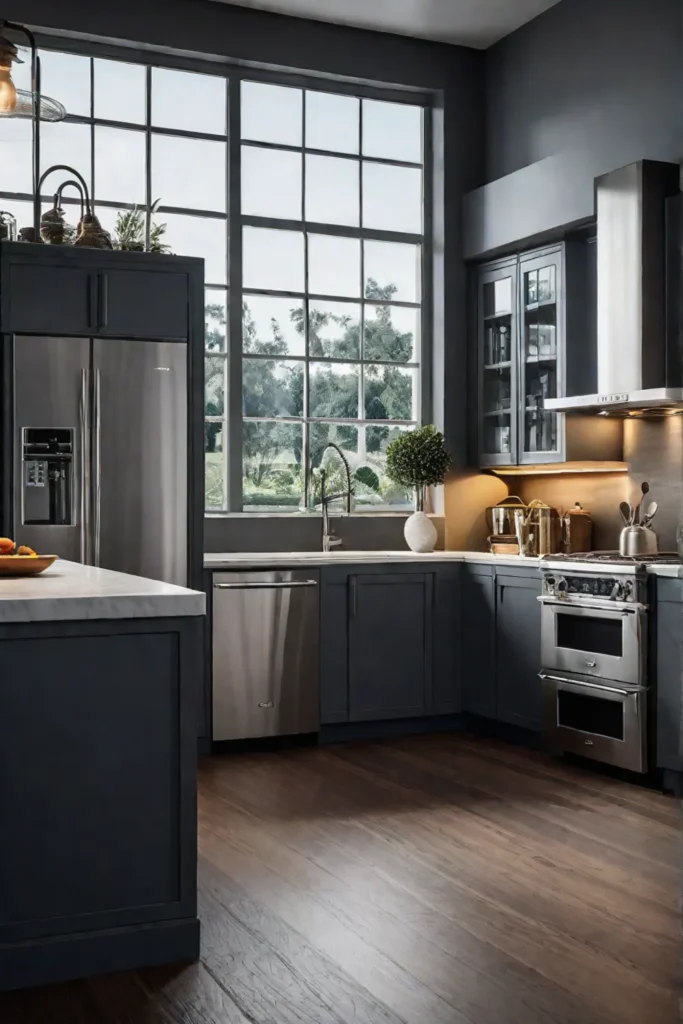
So, join me on a journey to steal the storage hacks of the pros, and let’s create a kitchen that not only looks magazine-worthy but also embraces eco-friendly principles. Get ready to say goodbye to cluttered drawers, overflowing cabinets, and disorganized chaos – and hello to a space that will have you channeling your inner chef with every culinary adventure.
The Power of Vertical Space: Thinking Like a Chef
Have you ever wondered how professional chefs manage to organize their tools and ingredients in those cramped restaurant kitchens? The secret lies in their mastery of vertical space. By utilizing every nook and cranny, they create an efficient workflow that keeps their workspace clutter-free and their ingredients within reach.
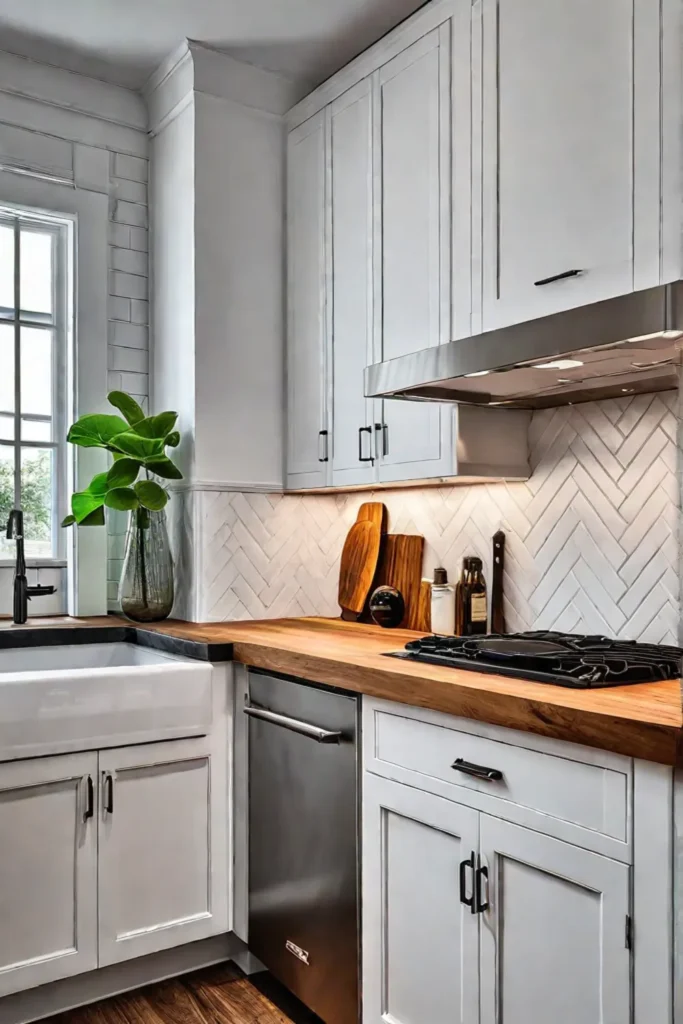
Utilizing Wall-Mounted Shelves and Racks
One of the easiest ways to channel your inner chef is to install wall-mounted shelves and racks. These space-saving solutions not only free up valuable counter space but also keep your most-used items easily accessible. From spice racks to pot rails, these vertical storage options can transform even the smallest kitchen into an organized oasis.
Hanging Pots, Pans, and Utensils
Take a cue from professional kitchens and consider hanging your pots, pans, and utensils. Not only does this free up cabinet space, but it also adds a touch of rustic charm to your kitchen. Invest in a sturdy pot rack or use adhesive hooks on the inside of cabinet doors to hang your most frequently used tools.
Maximizing Cabinet Space
While we’re on the subject of cabinets, let’s talk about making the most of that vertical real estate. Install stackable shelves or risers to create multiple levels within your cabinets, allowing you to store more items in the same footprint. And don’t forget about those often-neglected cabinet doors – they’re prime real estate for hanging measuring cups, spoons, or even small utensils.
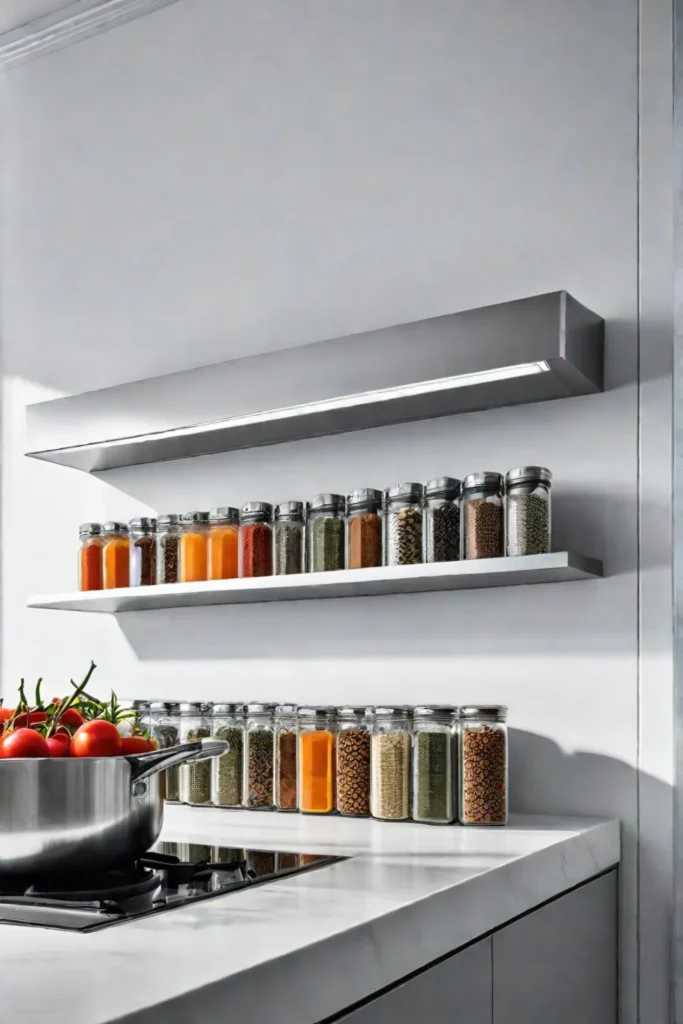
With a little creativity and some vertical thinking, you can transform your kitchen into a space that would make any professional chef green with envy. And who knows, you might just find yourself feeling a bit more efficient and organized in the process. Speaking of efficiency, let’s move on to the next section: Mise en Place: Organizing for Efficiency.
Mise en Place: Organizing for Efficiency
As an eco-conscious chef, I’ve learned that one of the most effective ways to reduce waste in the kitchen is through proper organization. That’s why I’m a firm believer in the culinary concept of “mise en place” – everything in its place. By taking the time to thoughtfully arrange my ingredients and tools before cooking, I can streamline the entire process and minimize unnecessary waste.
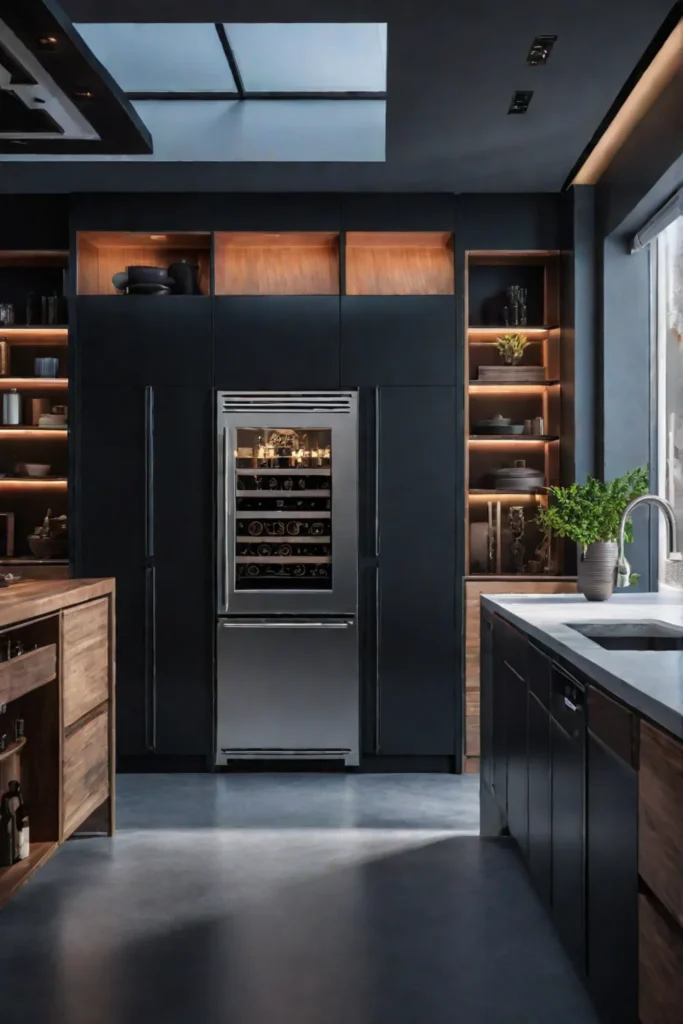
Clear Container Storage for Pantry Staples
One of my favorite kitchen hacks is to store pantry staples like flour, sugar, and grains in clear, airtight containers. Not only does this keep these ingredients fresh for longer, but it also makes it a breeze to see what I have on hand and prevents me from overbuying. I love repurposing glass jars or investing in quality plastic containers and labeling them with the contents and date. This simple step has saved me countless times from reaching for an expired ingredient or accidentally grabbing the wrong item.
Implementing Drawer Dividers for Utensils and Tools
Another game-changer for an organized kitchen is using drawer dividers to separate utensils and tools. I can’t tell you how many times I’ve rummaged through a cluttered drawer, only to emerge with a tangled mess of whisks, spatulas, and spoons. By investing in some adjustable drawer dividers, I can keep everything neatly sorted and easily accessible. This not only saves me time during meal prep but also helps ensure that my tools last longer by preventing unnecessary wear and tear.
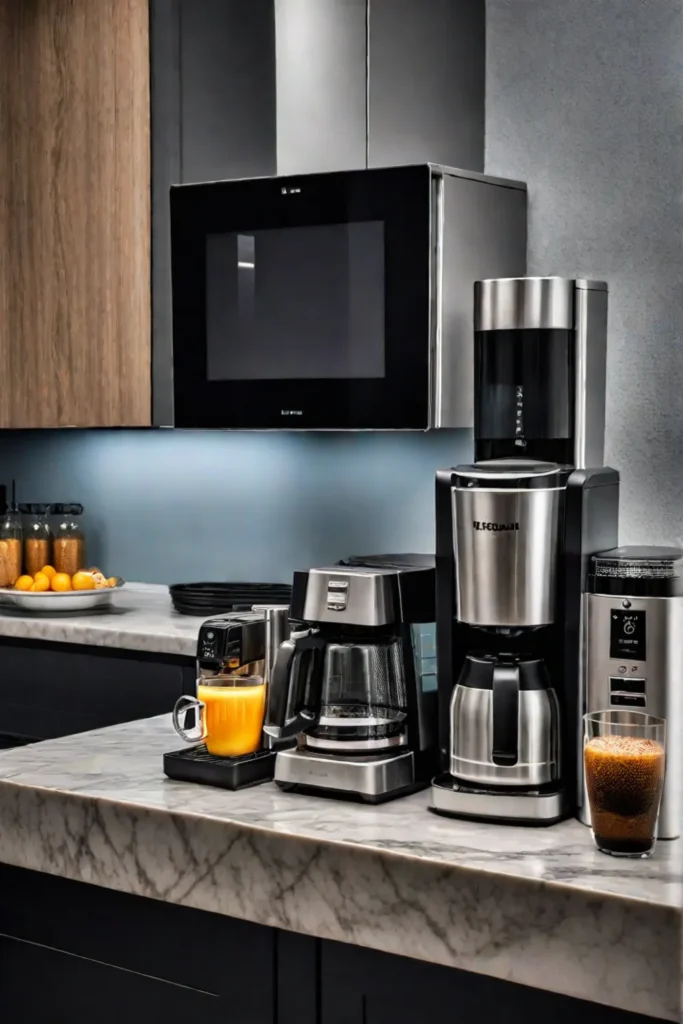
Embracing the concept of mise en place has truly transformed my cooking experience. With a well-organized kitchen, I can focus on creating delicious, sustainable meals without the stress of rummaging through cluttered cabinets or wasting ingredients. Trust me, once you experience the joy of an organized cooking space, you’ll never look back! Speaking of organization, let’s move on to the next section where we’ll explore the magnetic marvels that can further streamline your kitchen storage.
Magnetic Marvels: Unleashing the Power of Magnets
Have you ever watched a professional chef effortlessly grab a knife from the wall, chop ingredients with precision, and return it to its magnetic strip home? It’s a simple yet ingenious storage solution that not only saves valuable drawer space but also keeps essential tools within arm’s reach. Let’s explore how we can harness the power of magnets to elevate our kitchen organization game!
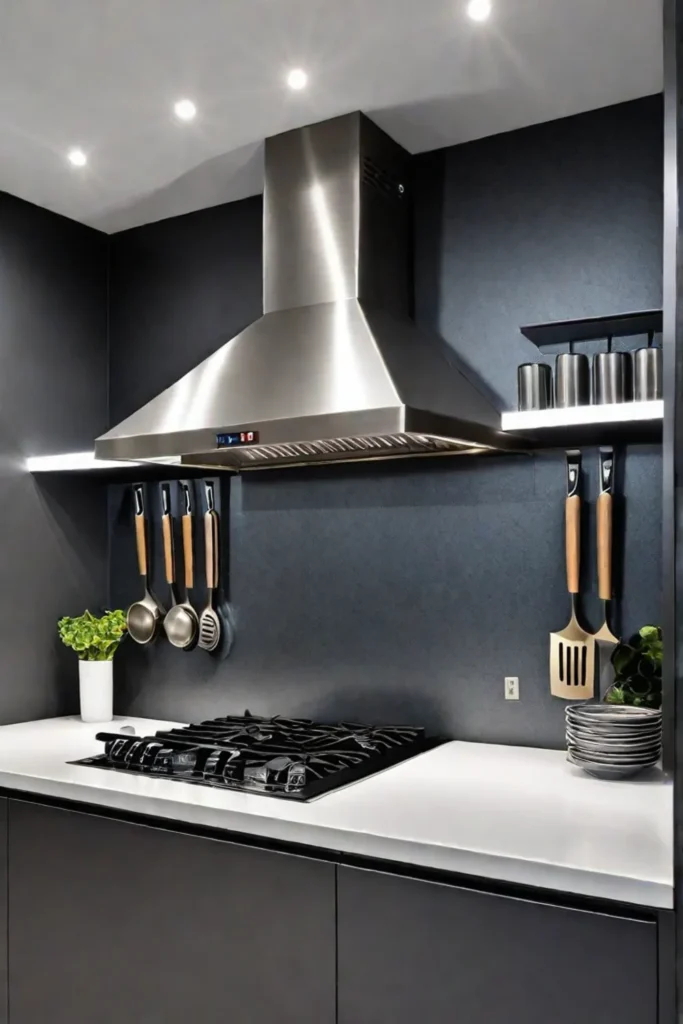
Choosing the Right Magnetic Knife Strip for Your Kitchen
The first step in embracing magnetic storage is selecting the perfect knife strip. These versatile organizers come in various lengths and materials, from sleek stainless steel to rustic wooden designs. Consider your kitchen’s aesthetic and the number of knives you need to store. Remember, magnetic strips aren’t just for knives – they can also hold other metal tools like scissors, peelers, and even a few spatulas.
Exploring Magnetic Spice Racks and Organizers
Magnets aren’t just for knives; they’re a game-changer for spice storage too. Imagine having your most frequently used spices within easy reach on the fridge or a magnetic spice rack. No more rummaging through cluttered cabinets or misplacing that elusive jar of cumin. Magnetic spice jars and tins not only save space but also add a touch of organization and style to your kitchen.
Beyond Knives and Spices: Unleashing Magnetic Creativity
The possibilities with magnetic storage are endless! From hanging your favorite potholders or towels on a magnetic strip to creating a magnetic herb garden, the only limit is your imagination. You can even repurpose magnetic knife strips to hold metal kitchen tools like whisks, ladles, and tongs, keeping them within easy reach while freeing up valuable drawer space.
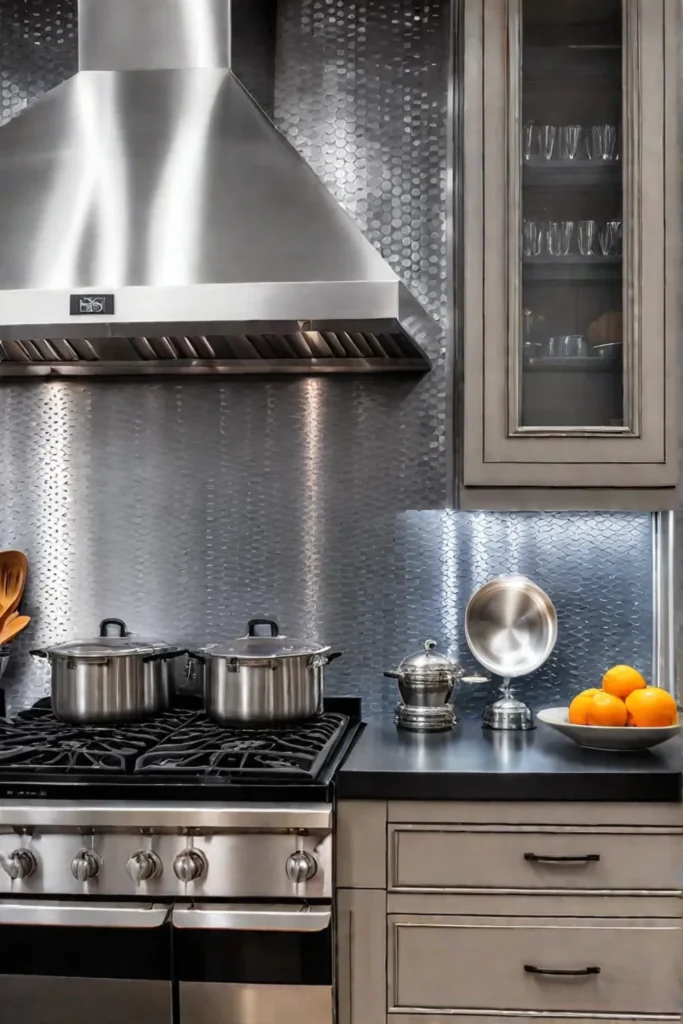
As we prepare to conquer the next kitchen storage challenge, remember that magnets are your allies in creating a clutter-free, efficient cooking space. Embrace their power, and you’ll be one step closer to a kitchen that would make any professional chef envious!
With our magnetic marvels in place, let’s turn our attention to the often-neglected under-sink area and uncover creative solutions for conquering this storage abyss.
The Under-Sink Challenge: Conquering the Storage Abyss
Have you ever opened the cabinet under your kitchen sink and felt a wave of dread wash over you? That dark, cramped space often becomes a graveyard for forgotten cleaning supplies and a tangled mess of pipes and wires. But fear not, my eco-conscious friends! With a little organization and some clever storage hacks, we can transform that abyss into a functional, clutter-free zone.
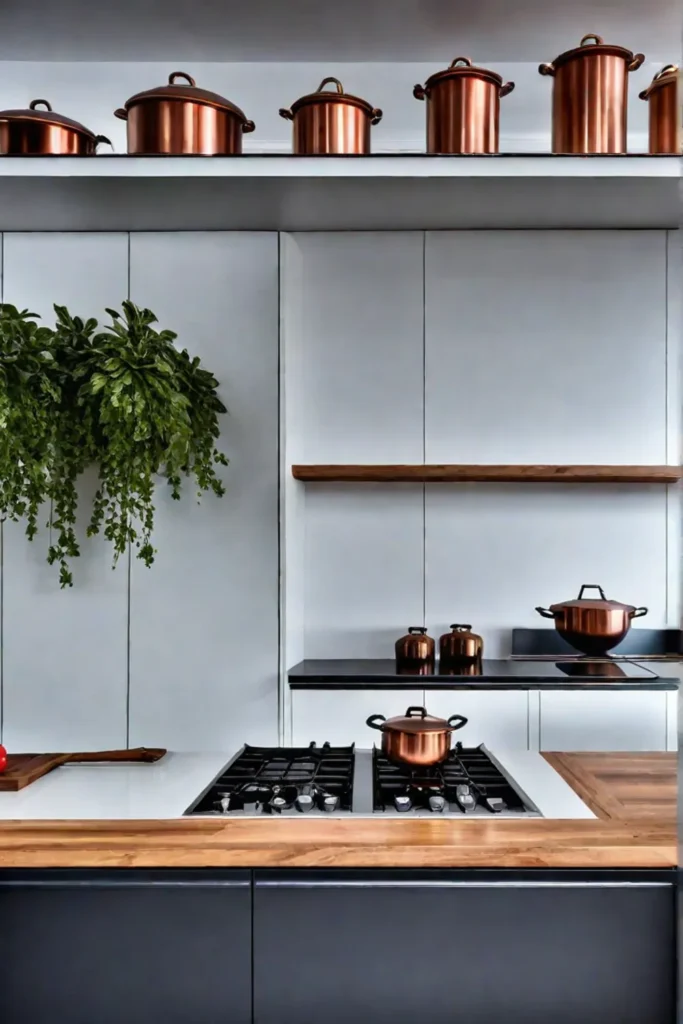
Utilizing Tiered Organizers and Turntables
One of the best ways to maximize the under-sink area is by investing in tiered organizers or turntables. These genius inventions allow you to stack items vertically, creating multiple levels of storage without sacrificing accessibility. Imagine having all your dish soaps, sponges, and scrubbers neatly arranged and within reach – no more digging through a chaotic pile!
Maximizing Space with Stackable Drawers and Hooks
For those with a little more space under the sink, consider adding stackable drawers or installing hooks on the inside of the cabinet door. These drawers are perfect for storing garbage bags, rubber gloves, and other cleaning essentials, while the hooks can hold spray bottles and rags. Not only does this keep everything organized, but it also prevents spills and makes finding what you need a breeze.
Eco-Friendly Materials Matter
When choosing under-sink organizers, it’s important to consider moisture-resistant materials like plastic or coated wire. These will ensure your storage solutions can withstand the occasional drip or spill without succumbing to rust or mold. And for those seeking an extra eco-friendly option, look for organizers made from recycled materials or sustainable sources.
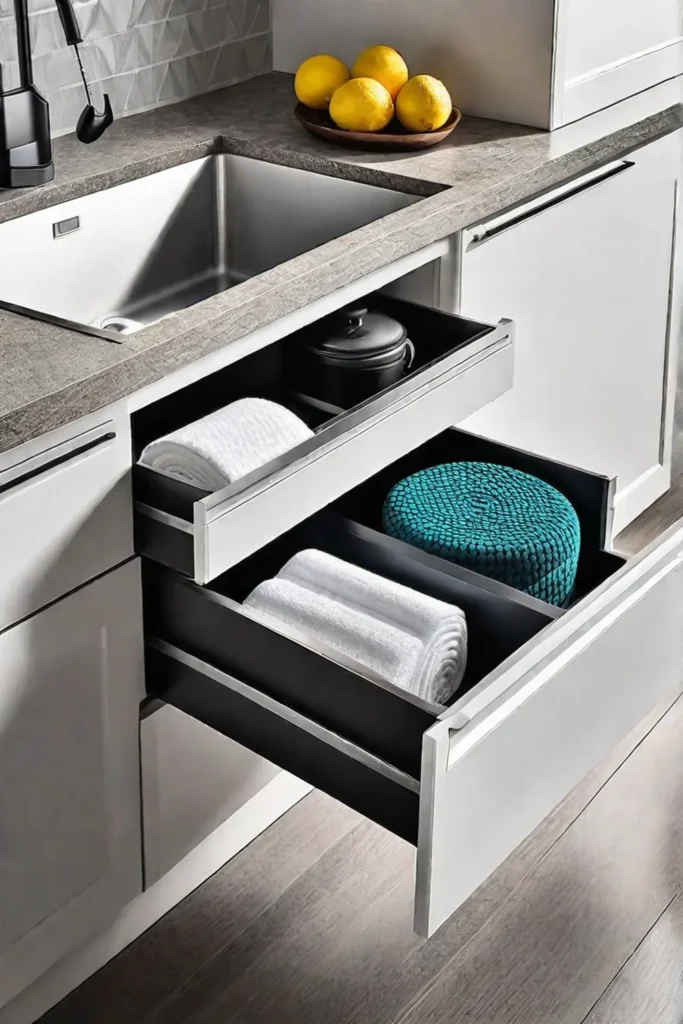
Conquering the under-sink abyss is not just about creating a tidy space; it’s about fostering a more efficient and hygienic kitchen environment. With a little creativity and some strategic organization, you’ll be amazed at how much storage potential lies beneath that sink!
With our under-sink area tamed, let’s move on to another crucial aspect of kitchen organization: clear labeling.
Label Like a Pro: The Importance of Clear Labeling
Have you ever reached into your pantry, only to find a mysterious container filled with an unidentifiable substance? Or spent precious minutes rummaging through the fridge, trying to decipher the contents of each unlabeled jar? As someone who values organization and efficiency in the kitchen, I can’t stress enough the importance of clear labeling.
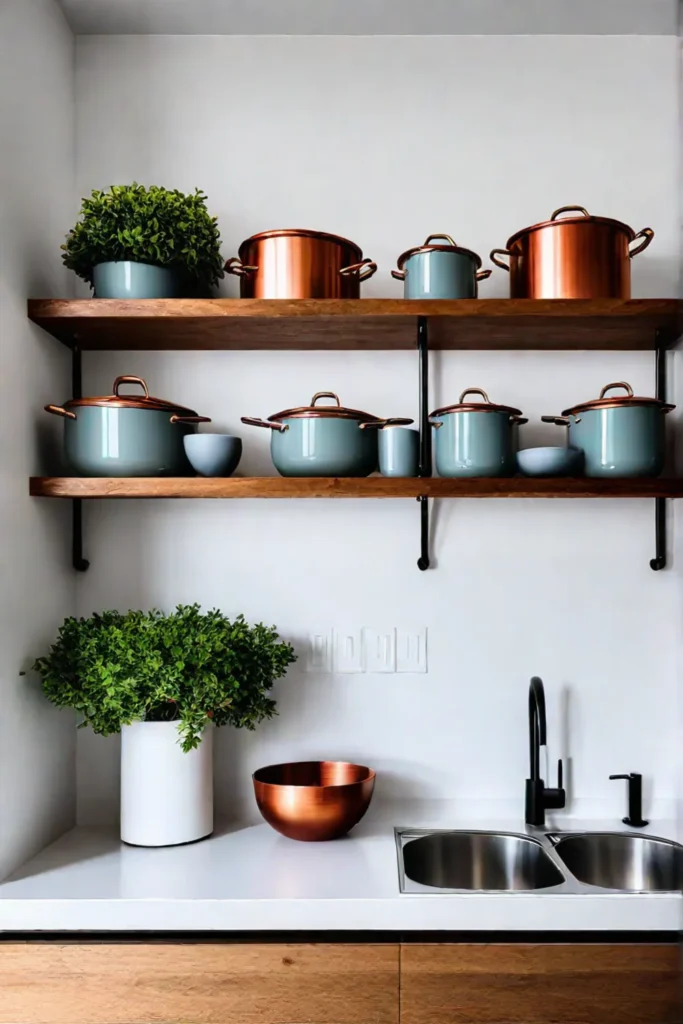
The Time-Saving Power of Labels
Just like professional chefs, we home cooks can save valuable time and prevent confusion by properly labeling our ingredients and tools. When everything is marked, you can quickly identify what you need and get to cooking without any guesswork.
Choosing the Right Labeling Method
There are various labeling options to suit different needs and preferences. For a more permanent solution, consider investing in a label maker – they’re a game-changer for pantry organizations! Alternatively, chalkboard labels offer a reusable and eco-friendly option, perfect for frequently changing contents. And let’s not forget the trusty masking tape – a simple yet effective labeling solution for those on a budget.
Labeling Tips for Different Storage Areas
In the pantry, label containers with their contents and expiration dates to ensure freshness and prevent food waste. For the fridge and freezer, include not only the item name but also the date it was stored, so you can easily track when it needs to be used up.
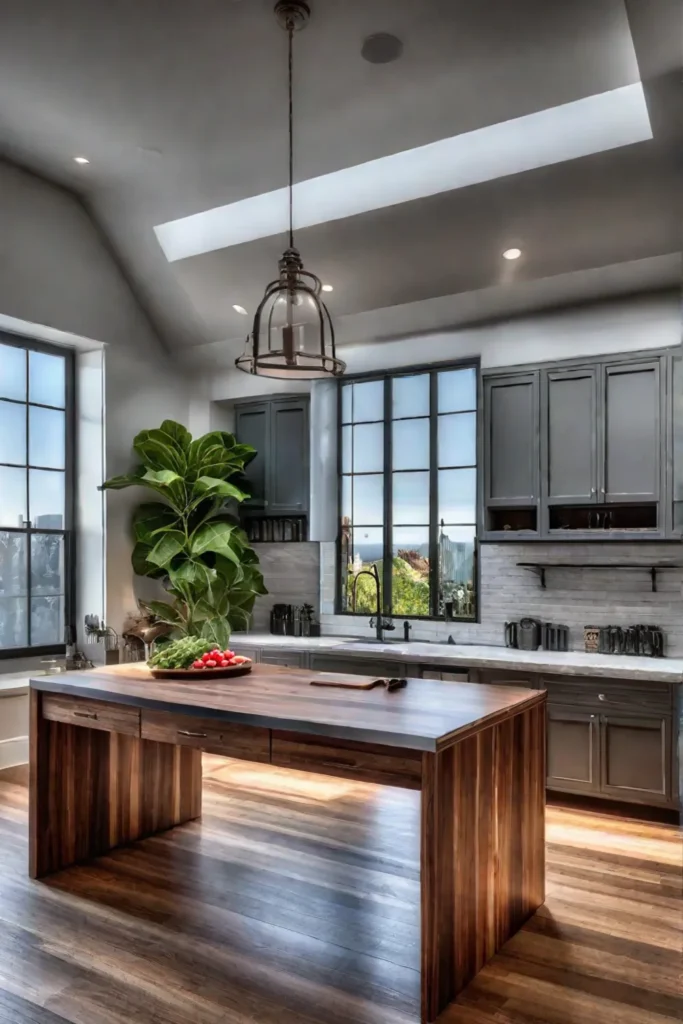
When it comes to spice jars, clear labeling is essential for identifying those hard-to-distinguish powders and blends. Consider adding expiration dates to your spice labels, as these flavorful ingredients can lose their potency over time.
With your labeling game strong, you’ll be well on your way to a more organized and efficient kitchen. But why stop there? Let’s explore how to get creative with storage solutions and truly maximize your space.
Multi-Purpose Masters: Getting Creative With Storage Solutions
Have you ever stepped into a professional kitchen and marveled at how organized and efficient it looks? While it may seem like those chefs have access to fancy storage solutions, the truth is that many of them rely on good old-fashioned creativity and repurposing. After all, what better way to embrace sustainability than by giving new life to everyday items?
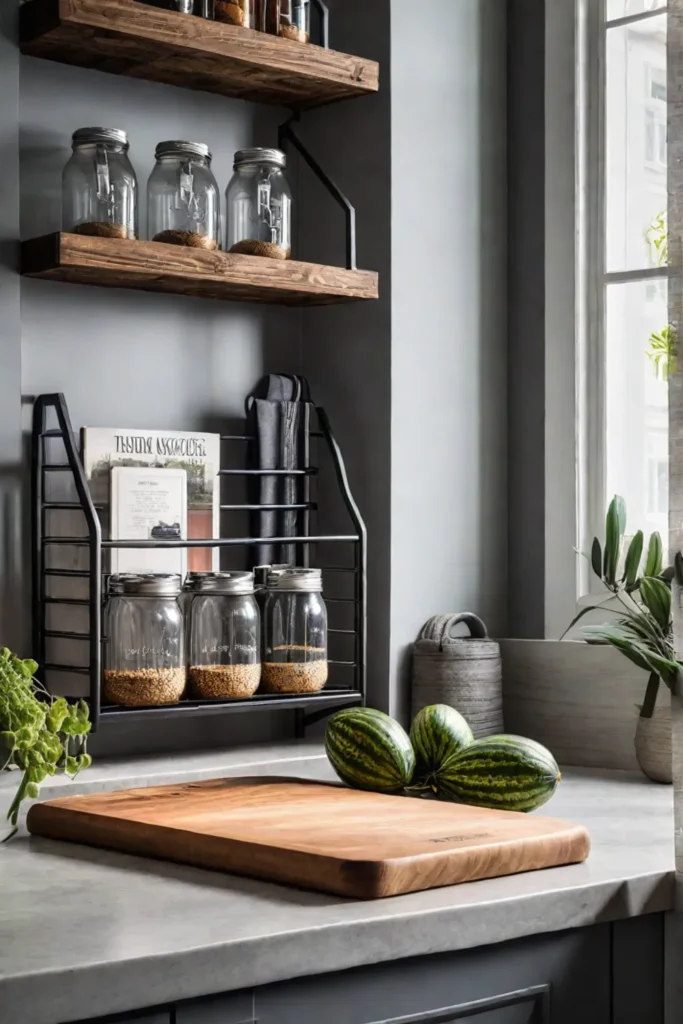
Repurposing Everyday Items for Kitchen Storage
One chef’s trash is another chef’s treasure trove of storage potential. From using mason jars to store utensils to repurposing old drawers as spice racks, the possibilities are endless when you start looking at ordinary objects with fresh eyes. Not only does this approach save money and reduce waste, but it also adds a unique, personal touch to your kitchen.
DIY Storage Solutions for a Personalized Touch
Of course, sometimes the perfect storage solution isn’t something you can buy off the shelf. That’s where a little DIY magic comes in! Whether it’s crafting a custom pegboard for your pots and pans or transforming an old ladder into a stylish pot rack, there’s something deeply satisfying about creating a one-of-a-kind storage piece that perfectly suits your needs and aesthetic.
Sharing and Inspiring: The DIY Kitchen Storage Community
One of the best things about embracing a sustainable, creative approach to kitchen storage is the vibrant community that surrounds it. Online forums, social media groups, and even local workshops offer a wealth of inspiration and opportunities to share your ingenious hacks with like-minded individuals. Who knows? Your repurposed magazine rack-turned-cutting board organizer could be the next viral sensation!
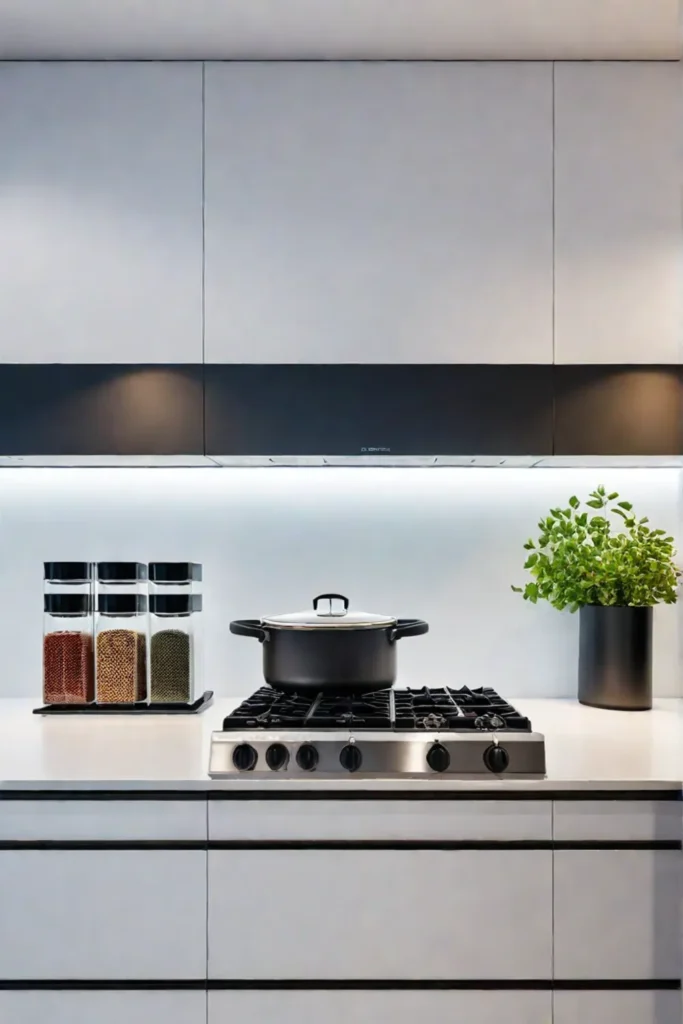
Embracing a creative, sustainable mindset when it comes to kitchen storage is not only practical but also deeply rewarding. By repurposing everyday items and exploring DIY solutions, you’ll be able to craft a space that is uniquely yours while reducing your environmental impact. So, the next time you’re tempted to toss something out, pause and consider how it could find new life as a storage solution in your kitchen.
Optimizing your kitchen’s layout for efficiency is another key aspect of creating a functional and sustainable space, which brings us to our next section…
The Flow State: Optimizing Kitchen Layout for Efficiency
Have you ever felt like a professional chef, gracefully maneuvering around your kitchen, effortlessly prepping and cooking? Or have you found yourself constantly backtracking and feeling like your space is just not working for you? The secret lies in optimizing your kitchen’s layout for a seamless workflow, just like the pros.
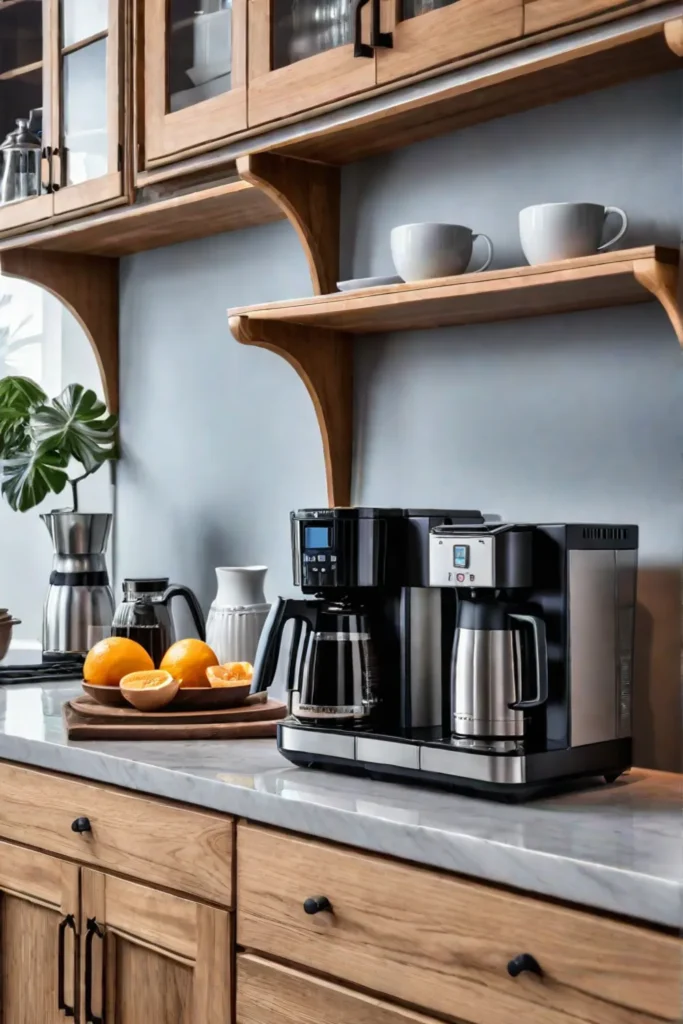
Analyzing Your Cooking Workflow and Identifying Bottlenecks
The first step to achieving kitchen zen is understanding how you move and what areas cause friction. Take a moment to observe your cooking habits – do you find yourself constantly reaching across the counter for utensils? Do you have to walk back and forth between the fridge and your prep area? These inefficiencies can slow you down and zap the joy out of cooking.
Rearranging Appliances and Work Zones for Better Flow
Once you’ve identified the bottlenecks, it’s time to get creative with your layout. Professional kitchens are designed around the concept of the “kitchen work triangle,” connecting the sink, stove, and refrigerator for optimal movement. While this classic concept is a great starting point, don’t be afraid to customize it to fit your unique needs and cooking style.
Move frequently used appliances closer to your main work area, creating a compact and efficient zone. Consider setting up a dedicated prep station for chopping vegetables and measuring ingredients, keeping everything within arm’s reach. And don’t forget about storage – keep your most-used tools and spices within easy reach to avoid constant rummaging.
Embracing Minimalism and Decluttering
Sometimes, the key to a smooth workflow is simply having less stuff. Take a critical look at your kitchen and ask yourself: do I need all these gadgets and appliances? Chances are, items are taking up valuable space that you rarely (if ever) use. Embrace a minimalist mindset and declutter, creating a calming and streamlined environment that allows you to focus on the task at hand.
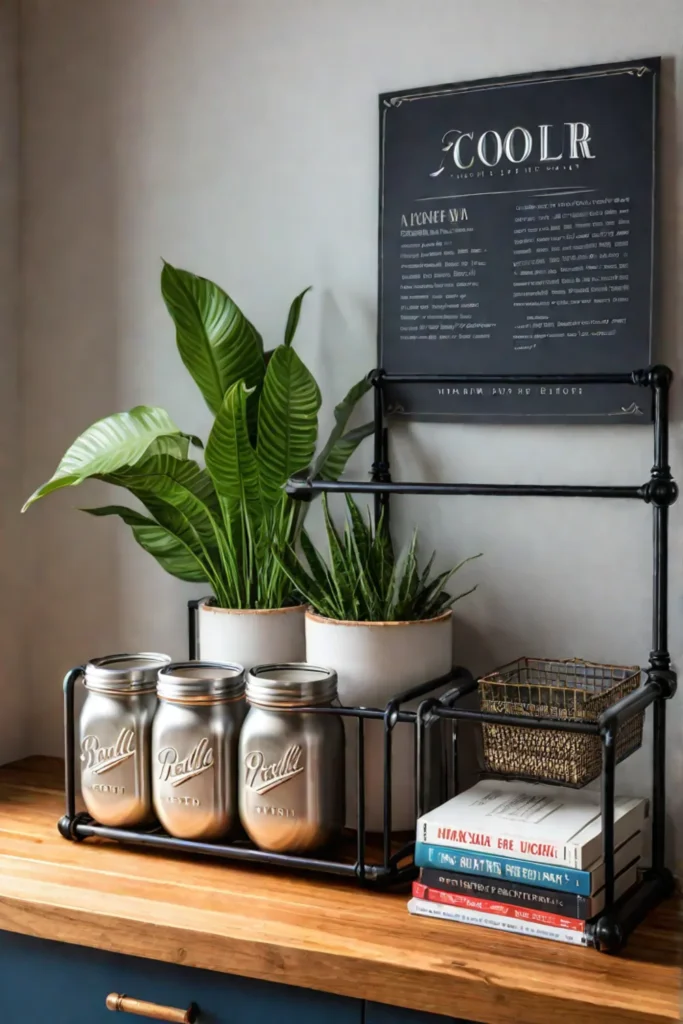
With a little creativity and some strategic rearranging, you can transform your kitchen into a haven of efficiency, making every culinary adventure a joy. And who knows? You might just find yourself channeling your inner chef and whipping up masterpieces with ease.
Speaking of masterpieces, let’s wrap up this article by exploring how professional chefs approach the art of kitchen organization – a topic that will undoubtedly inspire you to take your own storage game to the next level.
Conclusion
As we wrap up our exploration of professional chef-inspired kitchen storage hacks, I hope you feel inspired to take a fresh look at your own cooking space. Whether it’s embracing the power of vertical storage, implementing the concept of mise en place, or unleashing the magnetic marvels, these strategies offer a path to a more organized, efficient, and sustainable kitchen.
But it’s not just about practical solutions – it’s about embracing a mindset of creativity and resourcefulness. By repurposing everyday items, exploring DIY projects, and optimizing your layout for better workflow, you can craft a space that is uniquely yours, while also reducing your environmental impact.
Remember, the key to success is to approach kitchen organization with the same passion and dedication as a professional chef. It’s a journey of continuous improvement, where every small change can lead to a more enjoyable and sustainable culinary experience.
So, go forth and conquer your kitchen clutter, one genius hack at a time. Who knows? You might just find yourself feeling like a culinary master, effortlessly whipping up delicious meals in your eco-friendly oasis.
